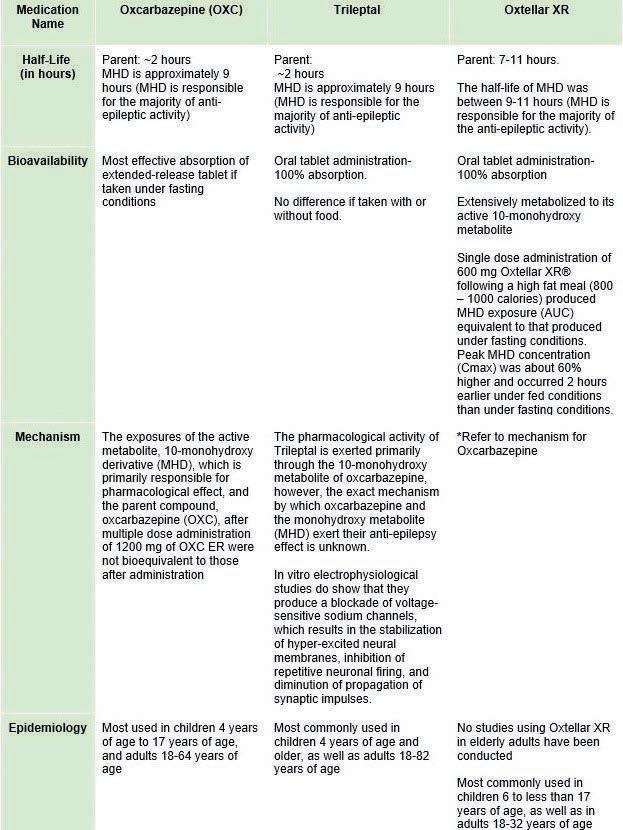Scholarly Research In Progress • Vol. 5, November 2021
Investigating Potential Conflicts of Interest Among UpToDate and DynaMed Content Contributors SooYoung H. VanDeMark1*, Mia R. Woloszyn1†, Laura A. Christman1*, Michael Gatusky1†, Warren S. Lam1†, Stephanie S. Tilberry1†, and Brian J. Piper1 ¹Geisinger Commonwealth School of Medicine, Scranton, PA 18509 † Doctor of Medicine Program *Master of Biomedical Sciences Program Correspondence: svandemark@som.geisinger.edu
Abstract Background: Financial conflicts of interest among physicians have the potential to negatively impact patient care. Physicians contribute content to two popular, evidence-based websites, UpToDate and DynaMed; while other physicians use these websites to influence their clinical decision making. Each website maintains a conflict-of-interest policy, and contributors are required to self-report a disclosure status. This research investigated the occurrence for potential conflicts of interest among the self-reported statuses of UpToDate and DynaMed content contributors. Methods: An initial list of contributors for each website was compiled using the Centers for Disease Control and Prevention’s 2017 Leading Causes of Death. The top 50 causes were used to determine a relevant article with clinical implications from each database. All named authors and editors of those articles comprised our list of investigated contributors. Contributor disclosure status was then compared with public records of financial remuneration as reported in the Open Payments database maintained by the Centers for Medicare and Medicaid Services and ProPublica’s Dollar for Docs website from 2013 to 2018. Descriptive analysis and Fisher’s exact tests were performed on the data. Results: Of 76 UpToDate contributors, 57.9% reported nothing to disclose but had a record of receiving a financial payment on Open Payments, which was found to be statistically significant (p = 0.0002). Of DynaMed’s 42 contributors who reported nothing to disclose, 83.3% had an entry on Open Payments. However, this was not statistically significant. The sum total of industry payments between 2013-2018 made to UpToDate contributors was $68.1 million. The top 10 UpToDate contributors who received the most financial remuneration earned approximately $56.1 million (82.4% of all UpToDate money), were all male, and only one had a nothing-to-disclose status. The sum total of money reported for the discordant UpToDate contributors between 2013 and 2018 was approximately $4.81 million (or 7.07% of the total monies reported to UpToDate contributors.) In that same time frame, DynaMed contributors received a sum total of $9.58 million from industry, while the top 10 DynaMed contributors earned $8.88 million (or 92.8%) of that. The top 10 DynaMed contributors were 80% male and 20% female, and six individuals reported nothing to disclose, yet had an Open Payments entry. The sum total of money reported for all discordant DynaMed contributors between 2013 and 2018 was approximately $2.79 million (or 29.2% of the total monies reported to DynaMed contributors).
Conclusion: While this research does not ascertain that a conflict of interest or other such unethical behavior has occurred, it does provide evidence that there is a significant difference between having an Open Payment entry among those who did versus those who did not disclose a conflict of interest. Websites such as UpToDate and DynaMed should consider implementing a more stringent conflict of interest policy and/or employ an unbiased team to verify self-reported disclosure statuses among its content contributors. Similarly, physicians who use such informational websites to inform their clinical decision making should look beyond a contributor’s self-reported disclosure status and check for relevant financial remuneration from the healthcare industry via Open Payments or Dollars for Docs.
Introduction Per the Institute of Medicine’s Committee on Conflict of Interest in Medical Research, Education, and Practice, a conflict of interest (COI) is defined as a set of “circumstances that create a risk that professional judgments or actions regarding a primary interest will be unduly influenced by a secondary interest” (1). This research is focused on investigating potential COIs that could occur when a physician writes or edits medical content (the primary interest) yet is influenced by financial gain (the secondary interest) in the form of payments made by health care manufacturers to the author. Undisclosed COIs may not only affect the credibility of a health resource, but also other clinicians’ ability to provide quality care. Prior bioethical research has found potential COIs among physician authors of biomedical textbooks (2), pharmacology textbooks (3), psychiatry’s Diagnostic and Statistical Manual of Mental Disorders-5 (4), as well as within clinical guidelines (5). However, there is limited research on the potential COIs among authors and editors of online clinical resources, such as UpToDate and DynaMed. UpToDate and DynaMed are two online, subscription-based products used by physicians to assist in clinical decision making. Both UpToDate and DynaMed promote their websites as an evidence-based resource for physicians to improve patient health outcomes at the point-of-care (6, 7). The content on these websites is written, edited, and overseen by various health care professionals. UpToDate and DynaMed each maintain a publicly available COI policy (8, 9). In an effort to improve transparency and as part of the Physician Payments Sunshine Act, the Centers for Medicare and Medicaid Services (CMS) discloses financial payments from “drug, device, biological, and medical supply” manufacturers to U.S.-based
253












































